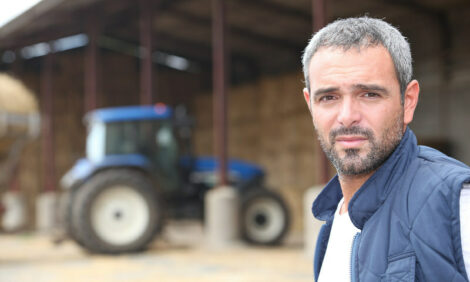



African swine fever: how to stay one step ahead
EFSA’s new practical guide on African swine fever: what it is and how to protect domestic pigs from infectionFrom causes and symptoms to precautionary measures, the European Food Safety Agency provide a list of best practices on how to protect farm animals and wild boar populations from African swine fever.
The virus is endemic in Africa south of the equator, in warthogs and bush pigs, but the infection in them produces no clinical disease. It circulates between warthogs and the soft bodied ticks which inhabit their burrows. The ticks transmit it through all stages of their life cycle and perpetuate it. It is also endemic in the domestic pigs of some African countries.
ASF virus is relatively tough and can survive in the environment and in pig carcasses for a long time. Curing and smoking pork products does not destroy it. Its main method of spread from country to country is via waste uncooked pork products fed to pigs.
Healthy pigs and boar usually become infected by:
- Contact with infected animals, including contact between free-ranging pigs and wild boar.
- Ingestion of meat or meat products from infected animals – kitchen waste, swill feed, infected wild boar (including offal).
- Contact with anything contaminated by the virus such as clothing, vehicles and other equipment.
- Bites by infectious ticks.
- Movement of infected animals, contaminated pork products and the illegal disposal of carcasses are the most significant means of spread of the disease.
Control measures and prevention:
- No effective attenuated or inactivated vaccines have been developed and so none are available.
- Prevention in countries outside Africa has to be on a national basis by restrictions on incoming pigs and pork products, compulsory boiling of waste animal products under licence before feeding to pigs and the application of a slaughter policy when the disease is diagnosed.
- Prevention in Africa is based on measures to keep warthogs and materials contaminated by warthogs away from domestic herds.
- Strict biosecurity protocol, including implementation of hand-washing stations, changing and disinfection of all clothes to be worn on farm, and disinfection or effective disposal of potentially contaminated equipment.
More information on control measures and legislation surrounding ASF is available from the European Commission website.
Click here for more ASF information from EFSA









